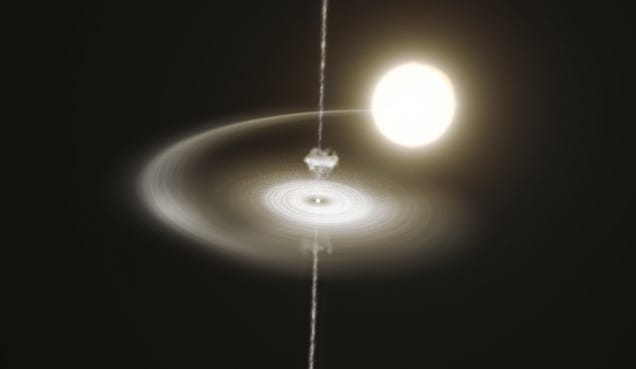Get the latest tech news
Black hole merger challenges our understanding of black hole formation
The powerful merger, designated GW231123, produced an extremely large black hole about 225 times the mass of our Sun.
Credit: Simona J. Miller/Caltech“The black holes appear to be spinning very rapidly—near the limit allowed by Einstein’s theory of general relativity,” explained Charlie Hoy, LIGO member and physicist at the University of Portsmouth in England, in the same release. “It will take years for the community to fully unravel this intricate signal pattern and all its implications,” added Gregorio Carullo, also a LIGO member and physicist at the University of Birmingham, England. As one of the few observational methods that doesn’t need light to “see” cosmic phenomena, gravitational waves are unmatched in their potential for helping humanity uncover the many mysteries of black holes, ancient stars, and even dark matter.
Or read this on Hacker News

